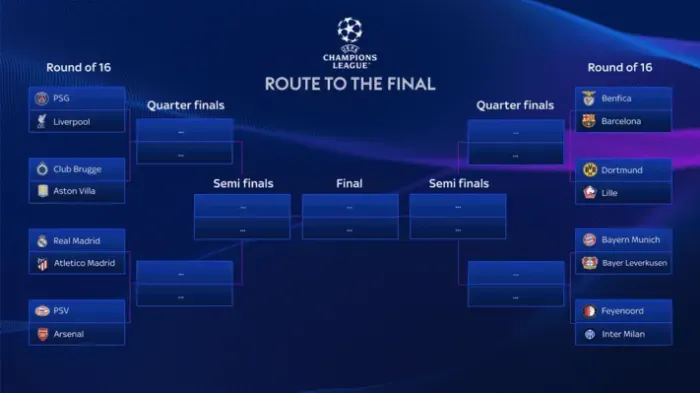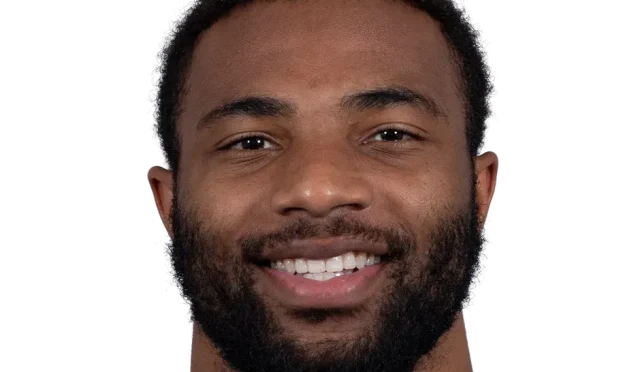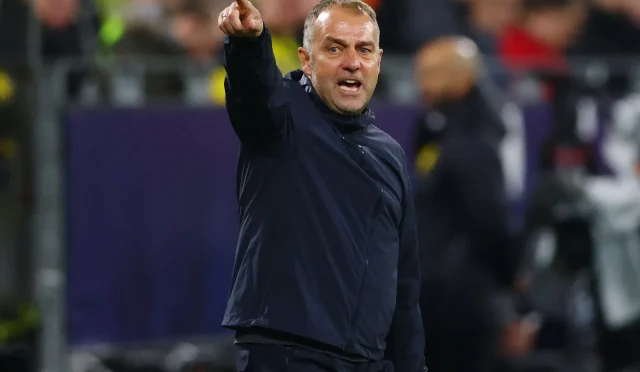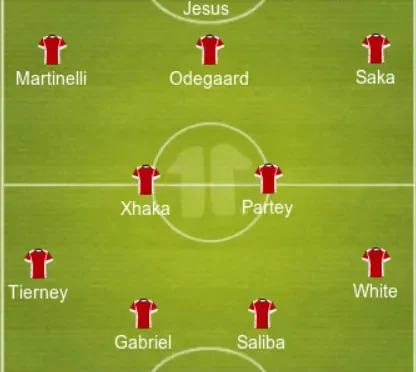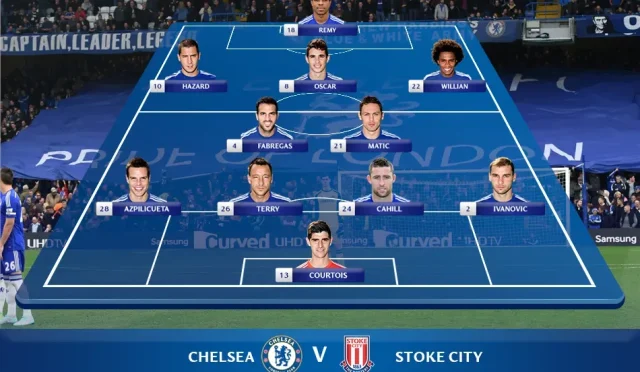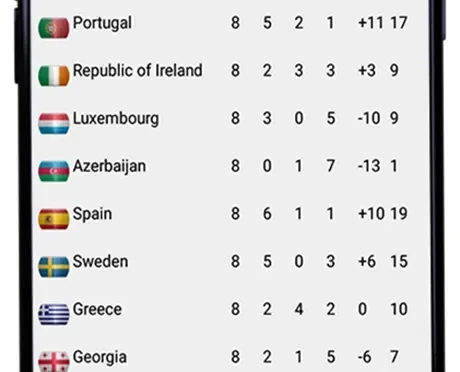The excitement of the Champions League draw is almost palpable as fans eagerly anticipate seeing which teams will face off in the prestigious UEFA competition. Scheduled for Thursday, August 28, 2025, in the glamorous setting of Monaco, this event marks the beginning of a thrilling season for football aficionados. The draw not only determines the matchups for the league phase but also showcases the new Champions League format, which accommodates a mix of established giants and emerging talents. With 27 teams joining last season’s Champions League and Europa League winners, the stakes are high as each club looks to secure its spot in the knockout stages. Mark your calendars because this Champions League draw promises to set the stage for an unforgettable football season ahead.
As the countdown begins for the eagerly awaited Champions League draw, anticipation grows around how this significant event will influence the upcoming football season. This ceremony, integral to the world of European football, determines how clubs will navigate through the upcoming group stages, featuring a diverse array of participants competing under the new league format. Fans will be thrilled to see top clubs clash as they vie for success in the UEFA competition, which intertwines with the excitement surrounding the Europa League draw and other football league draws. Each team’s journey will be dictated by this event, making the Champions League draw a pivotal moment for aspiring champions and seasoned competitors alike. With the football landscape constantly evolving, this draw is the gateway to fresh rivalries and unforgettable matches.
Understanding the Champions League Draw Process
The Champions League draw is a meticulously organized event that sets the stage for Europe’s premier football competition. Scheduled for August 28, 2025, the draw will take place in Monaco at 17:00 BST. This year’s process continues the format introduced in the previous season, which embraced a new league phase involving 36 teams. Teams are classified into four different pots according to their UEFA club coefficient ranking, ensuring a fair distribution that takes into account past performance and current form.
During the draw, 27 teams will qualify based on their league standings, in addition to the previous Champions League and Europa League winners, along with seven competitive teams emerging from the qualifying rounds. Each team is then assigned eight opponents across their matches. Teams must navigate playing at home and away against a diverse set of competitors, while also abiding by rules that prevent matches from occurring between teams from the same country, showcasing the event’s complexity and strategic significance.
The Importance of the Europa League Draw
Following the Champions League draw, the Europa League draw is set for August 29, 2025, at 12:00 BST. Similar to its illustrious counterpart, the Europa League also involves 36 clubs drawn into four pots to face off in a structured competition. This creates a bridge between elite and burgeoning football teams, fostering competitive balance and excitement among fans. The UEFA competition continues to thrive, providing clubs from various leagues the chance to shine on an international stage and pursue a prestigious title.
In an innovative twist, the Europa League draw will combine the draws for both the Europa League and Conference League into a single digital ceremony. This digital format ensures a seamless experience, simplifying the procedure and enhancing audience engagement. Fans eagerly await the matches that will come from this draw, motivated by the promise of riveting matchups and the potential for underdog stories to unfold in this captivating UEFA tournament.
Overview of the Conference League Draw
Scheduled immediately after the Europa League draw, the Conference League draw represents UEFA’s commitment to expanding European football access. While it follows a similar format, the Conference League consists of six rounds of fixtures, as opposed to the Champions League’s eight. With 36 teams participating, they are divided into six pots, allowing for dynamic matchups that keep spectators engaged throughout the tournament.
The streamlined format of draws in this competition also speaks to the evolving landscape of European football, where clubs from various tiers can compete on the European stage. This draw not only emphasizes the UEFA’s strategic goals of inclusivity but also highlights the promise of competitive intrigue, as teams vie for a coveted place in the final stages of the tournament and the chance to make a mark in European football.
What Makes the Champions League Unique?
Unlike many domestic leagues, the UEFA Champions League is a prestigious competition that showcases the very best of European football. The format, which synopsizes into a league stage followed by knockout rounds, builds tension and excitement as teams battle for supremacy. Fans eagerly anticipate the Champions League draw as it not only defines their teams’ journeys but also introduces them to potential opponents from across Europe, each carrying their storied histories and aspirations.
The unique format accounts for the various club coefficients and rankings, allowing teams from underrepresented leagues a chance to compete on equal footing with traditional powerhouses. This dynamic environment, heightened with strategic rivalries and historic narratives, contributes to the Champions League’s status as one of the most watched and revered football tournaments globally.
Exploring UEFA Competition Formats
The UEFA competitions, which include the Champions League, Europa League, and Conference League, each feature distinct formats that cater to varying levels of football clubs across Europe. The governing body of European football has tailored these formats not only to maintain competitive balance but also to enhance fan engagement and excitement. Each draw serves as a critical juncture in the sporting calendar, igniting passion among supporters as they learn their teams’ fates.
In crafting these formats, UEFA has incorporated elements that maximize viewership and increase the drama associated with each matchday. For example, the round-robin aspect of the Champions League relates closely to the prestige of the competition, while the Europa League and Conference League broaden opportunities for clubs who might otherwise remain in the shadows of football giants. This commitment to inclusivity enriches the European football landscape.
The Impact of Tournament Format on Team Strategy
The structure of UEFA tournaments fundamentally shapes how clubs approach their seasons. With the Champions League’s demanding group stage format, teams must not only plan for their domestic league fixtures but also strategize for matches against high-caliber opponents. This requires clubs to build deeper squads and rotate players effectively to maintain performance levels across competitions, a balancing act that is crucial for success.
Conversely, the Europa League and Conference League formats offer different strategies where clubs can prioritize player development and rotation of their squads while still aiming for a European trophy. These tournaments have become a pathway for clubs to gain valuable experience and exposure on the international stage, which can ultimately bolster their local league performances.
The Excitement Surrounding the Draws
Fans eagerly await announcements regarding the dates and times of the UEFA Champions League and Europa League draws. These moments generate significant buzz across social media and sports news outlets, reflecting the passion and investment supporters have in their clubs’ performances. Anticipation builds as fans speculate about potential opponents and dream about progressing through the rounds, which only heightens the overall experience.
Further, each draw event serves as a platform for UEFA to highlight its commitment to transparency and fairness. The use of digital technology ensures that the process is efficient and accessible to football fans all around the world. This encourages a larger audience to participate in the excitement of the draws, bridging the gap between teams at the top of professional leagues and those striving for excellence.
Preparing for Champions League Matchdays
As the Champions League draw approaches, clubs begin to prepare their strategies for the matchdays ahead. This typically involves intense scouting of potential opponents, analyzing their playing styles and previous performances. For coaches and analysts, the information gleaned from the draw is vital as it informs training regimens and tactical preparations, making the process a cornerstone of competitive success in UEFA competitions.
Moreover, the marketing departments of clubs also get involved, crafting promotional campaigns aimed at rallying fan support leading up to these prestigious matches. With each matchday holding the potential for historic moments, the excitement extends beyond the pitch, as fans gear up to support their teams in what is often the highlight of their football year’s calendar.
An Overview of Football League Draws
Football league draws are essential components that set the life of every tournament in motion. From local amateur leagues to professional competitions like the UEFA Champions League, draws dictate the path teams will follow throughout the season. The draw structure, whether it involves direct elimination or round-robin arrangements, plays a critical role in determining how competitive each league can be and how teams stack against each other.
In an era of interconnected global football culture, draws have transformed into not just procedural events but celebratory occasions. They bring together fans, players, and the football community as they anticipate the upcoming fixture list. Whether through live events or broadcasts, the football league draws unite people and foster a spirit of camaraderie in anticipation of the thrilling confrontations that lie ahead.
Frequently Asked Questions
When is the Champions League draw for the 2025 season?
The Champions League draw for the 2025-26 season is scheduled to take place on Thursday, August 28, 2025, in Monaco, starting at 17:00 BST. This draw will finalize the fixtures for the league phase of the UEFA competition.
How does the Champions League draw format work?
The Champions League draw uses a pot system where 27 teams qualified based on league positions, alongside the previous season’s Champions League and Europa League winners, plus seven teams from the qualifying rounds. Teams are categorized into four pots based on their UEFA club coefficients, and the draw is conducted using automated software.
What is included in the Champions League draw for 2025?
The Champions League draw for the 2025 season will consist of 36 teams drawn into eight fixtures, based on their pot rankings. Each team will play eight matches, featuring pairings from different pots, while avoiding teams from the same nation.
Will the Europa League draw happen at the same time as the Champions League draw?
Yes, the Europa League draw will take place a day after the Champions League draw, on August 29, 2025. It will also follow a pot system and have similar selection criteria, with matches scheduled for the UEFA competition.
What is the schedule for the Conference League draw in relation to the Champions League draw?
The Conference League draw will occur immediately after the Europa League draw, as a part of the same ceremony on August 29, 2025. This will ensure all UEFA competition draws are completed in one event.
How are teams drawn during the Champions League draw?
During the Champions League draw, teams are drawn individually from pots, where each team is assigned eight opponents, ensuring that no teams from the same nation face off in the league phase.
What technology is used for the Europa League and Conference League draws?
The Europa League and Conference League draws will utilize a fully digital format, contrasting with the traditional use of physical balls in the Champions League draw, enhancing efficiency and clarity in the drawing process.
When will the complete match calendar for the Champions League be available after the draw?
The complete match calendar for the Champions League, including all fixtures and kick-off times, will be published by Saturday, August 30, 2025, following the draw.
What changes were made to the Champions League format recently?
The Champions League format saw a significant change in the 2024-25 season, which introduced a new 36-team league phase, enabling each team to play a total of eight matches against different opponents.
What is the significance of the pots in the Champions League draw?
Pots in the Champions League draw are crucial as they categorize teams based on their UEFA club coefficient rankings, ensuring balanced matchups and minimizing the likelihood of teams from the same national association competing against each other in the group stage.
| Topic | Details |
|---|---|
| Champions League Draw Date | August 28, 2025, at 17:00 BST |
| Location | Monaco |
| Participating Teams | 27 teams plus last season’s Champions League and Europa League winners, and 7 qualifying teams |
| Format | Teams organized into 4 pots based on UEFA club coefficients. Each team plays 8 matches against 2 teams from each pot. |
| Match Scheduling | No matches between teams from the same nation; maximum of two matches against teams from the same country. |
| Fixture List Release | By August 30, 2025 |
| Europa League Draw Date | August 29, 2025, at 12:00 BST |
| Conference League Draw Timing | Immediately follows the Europa League draw in the same ceremony |
Summary
The Champions League draw is set for August 28, 2025, and is a pivotal moment in the football calendar. This draw will reveal which teams will compete in the league phase of the tournament, showcasing a new 36-team format that promises thrilling fixtures. Following the stringent criteria for group formation, fans can expect an exciting lineup that avoids matches between clubs from the same nation. The fixtures will be released within two days, ensuring that supporters can plan ahead for this renowned competition. Stay tuned for a remarkable season ahead in the Champions League!

